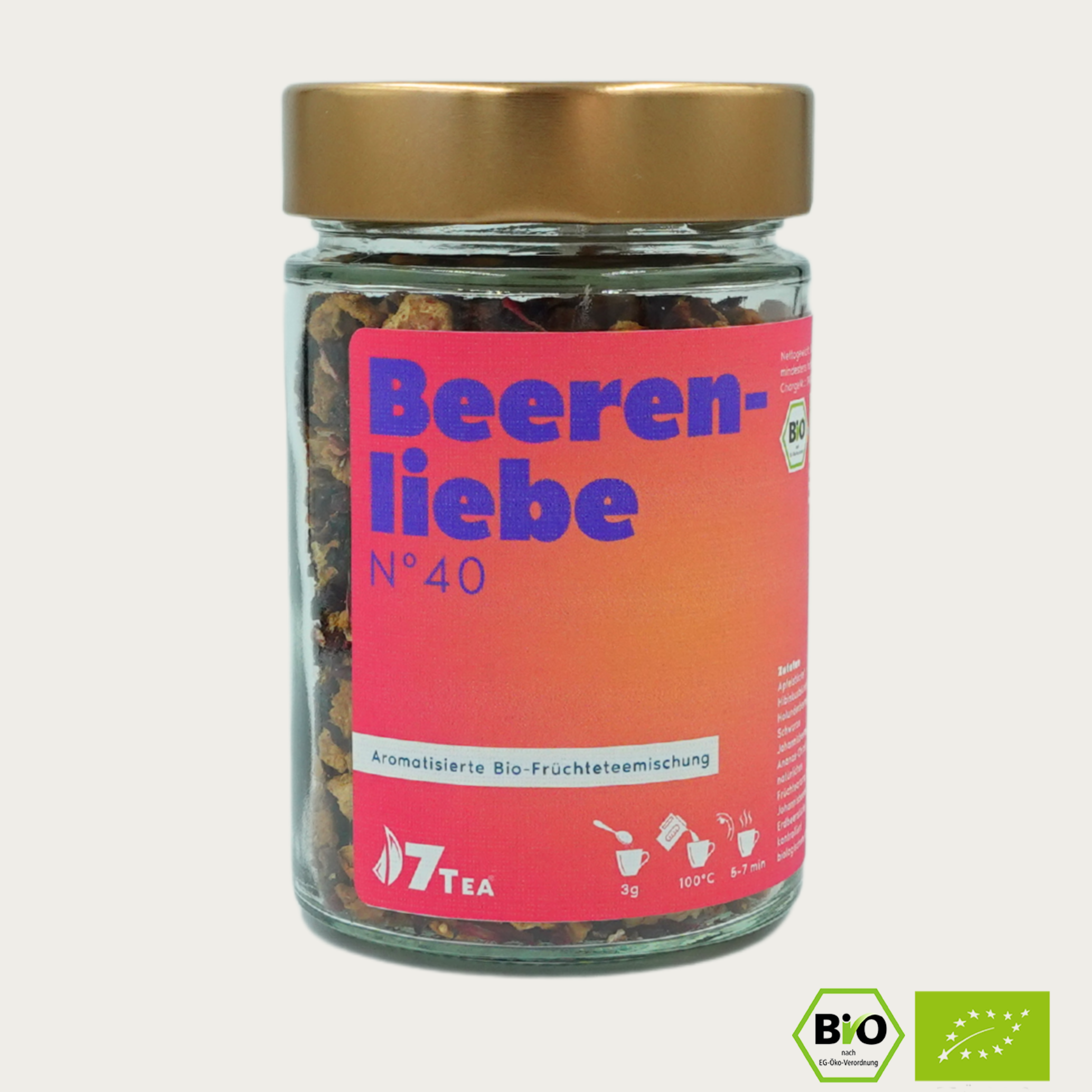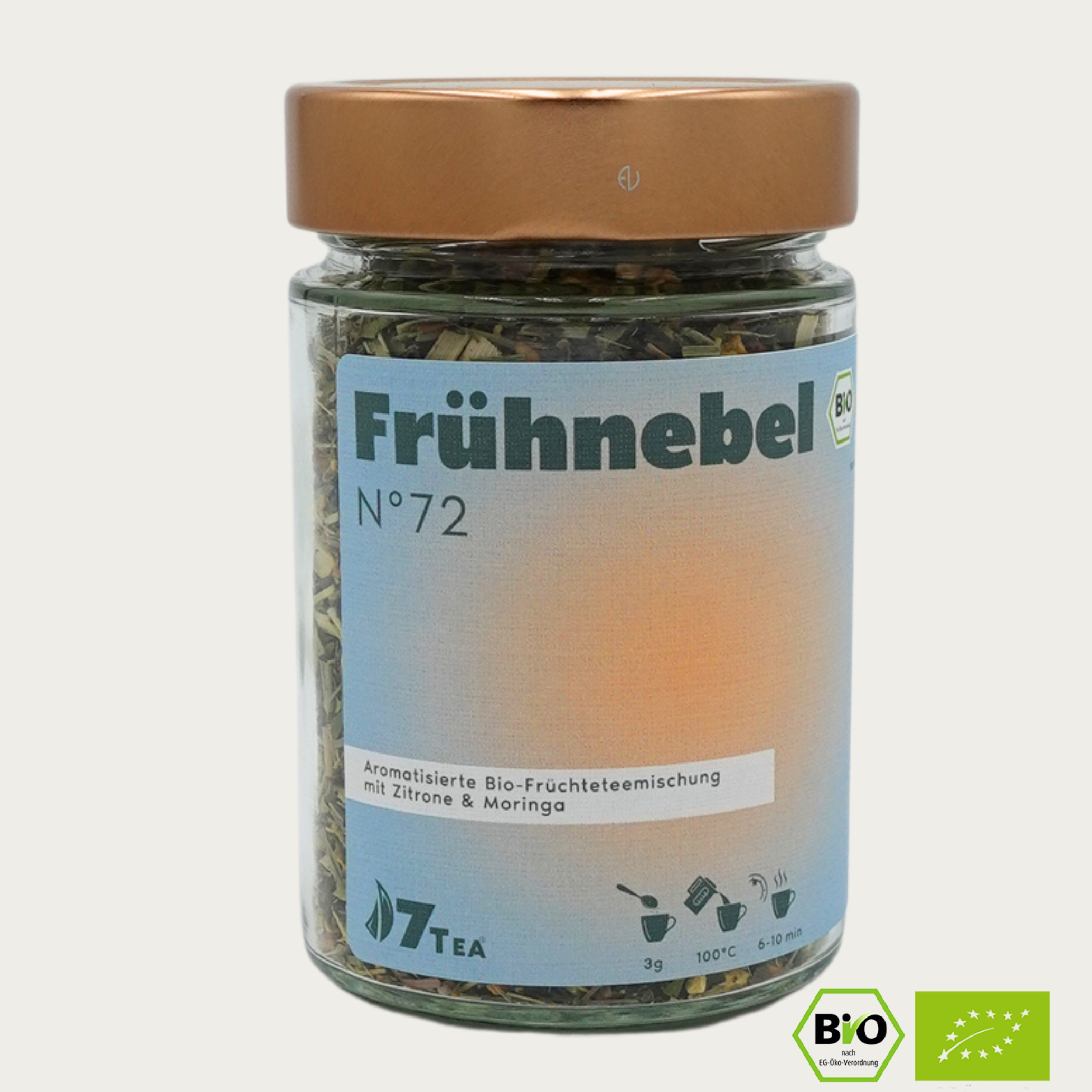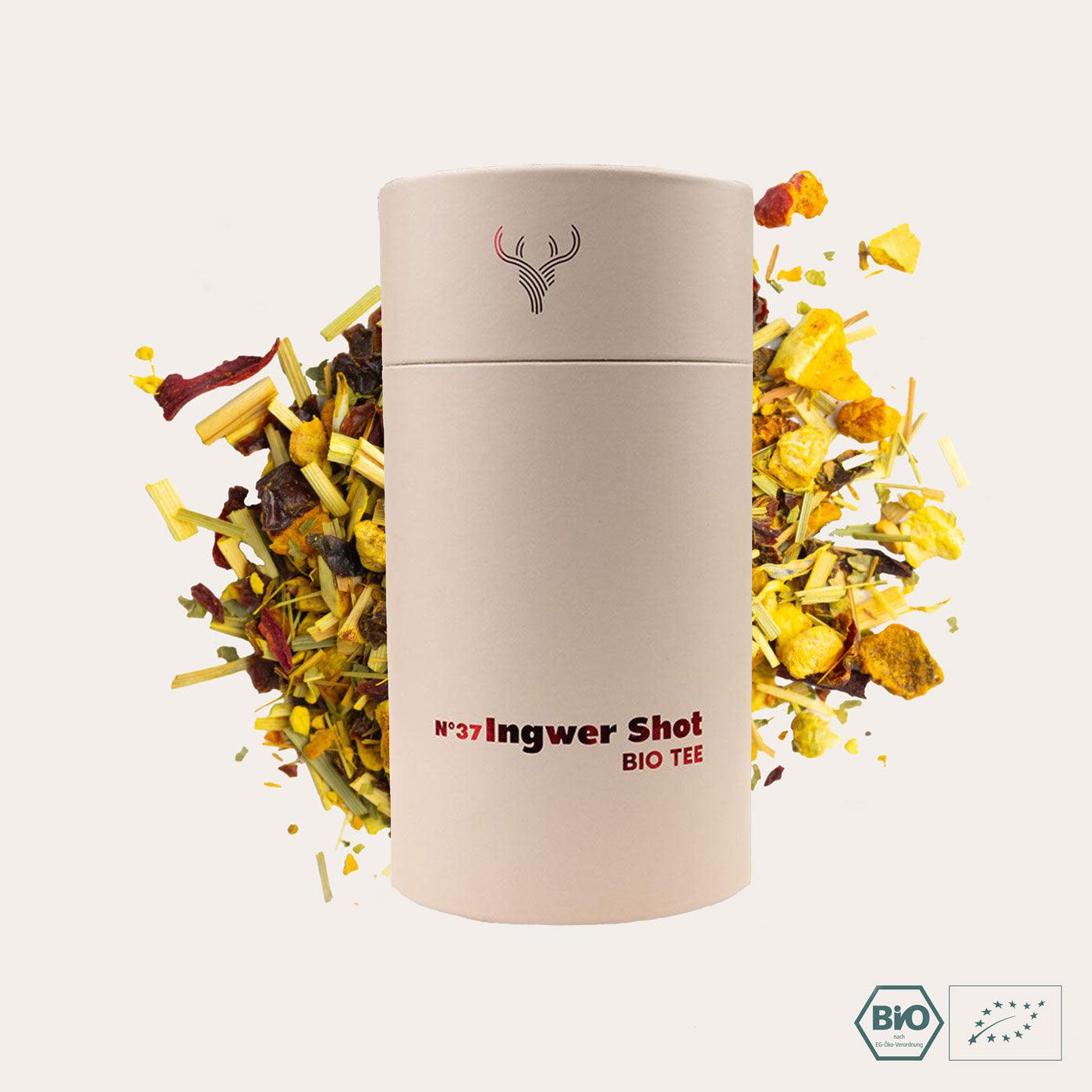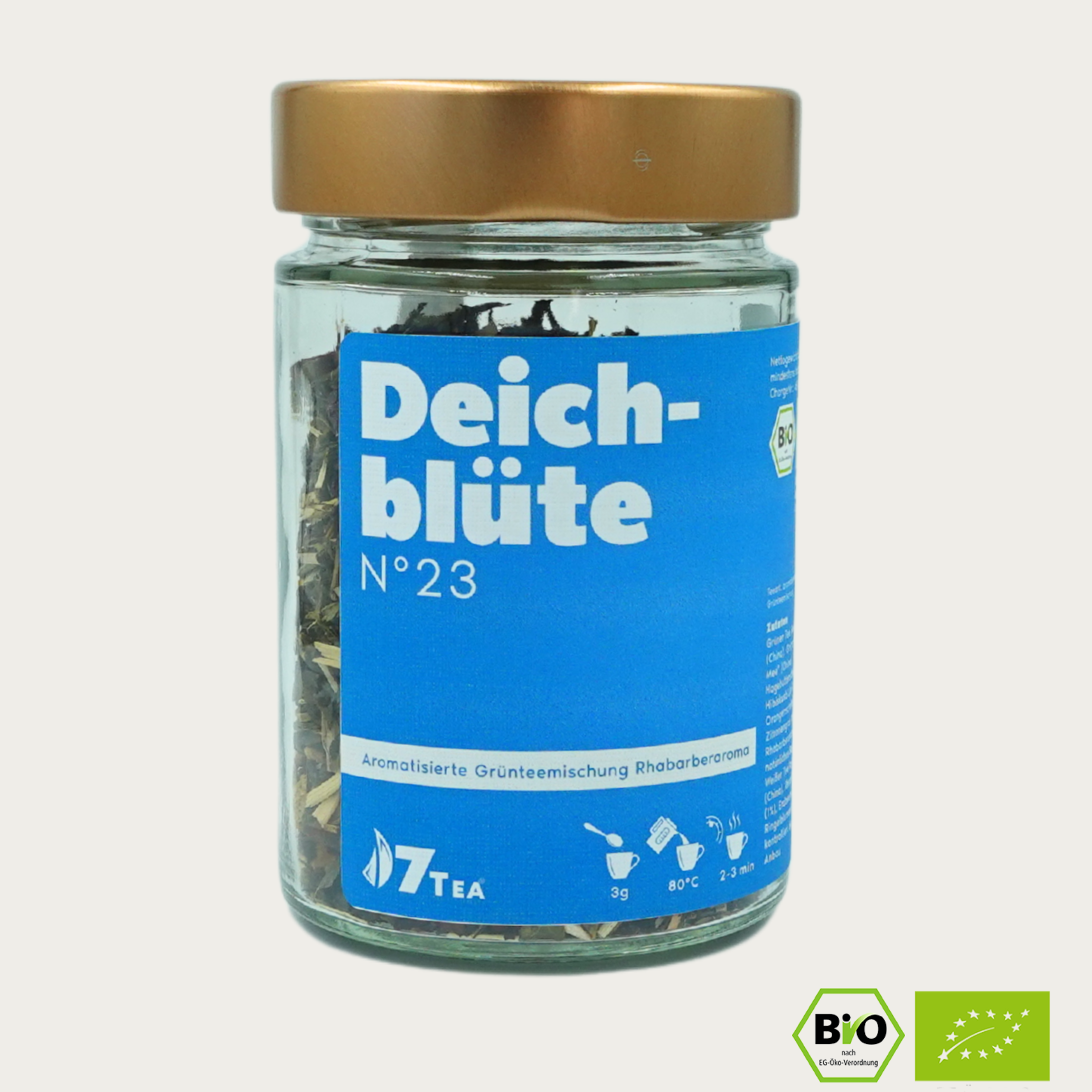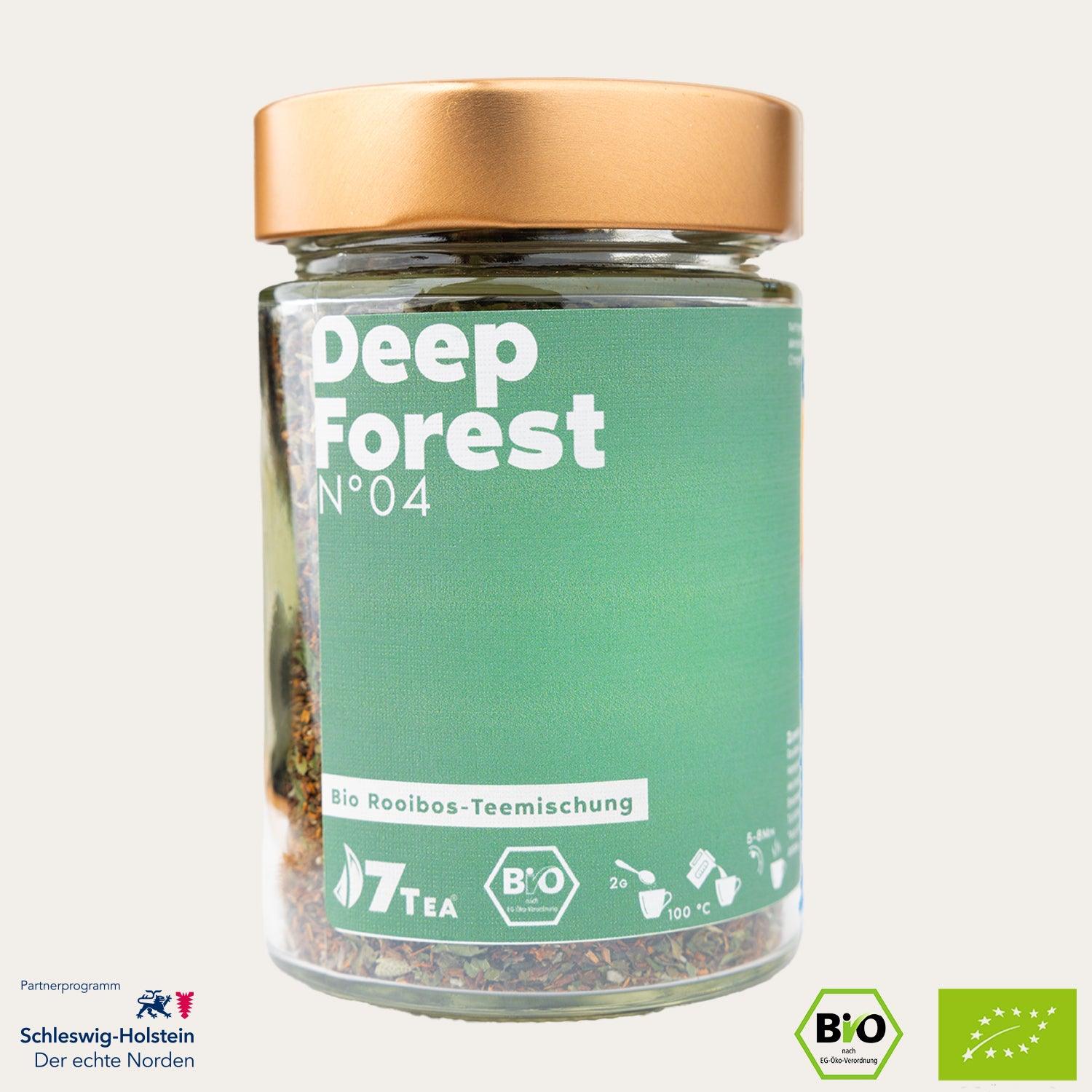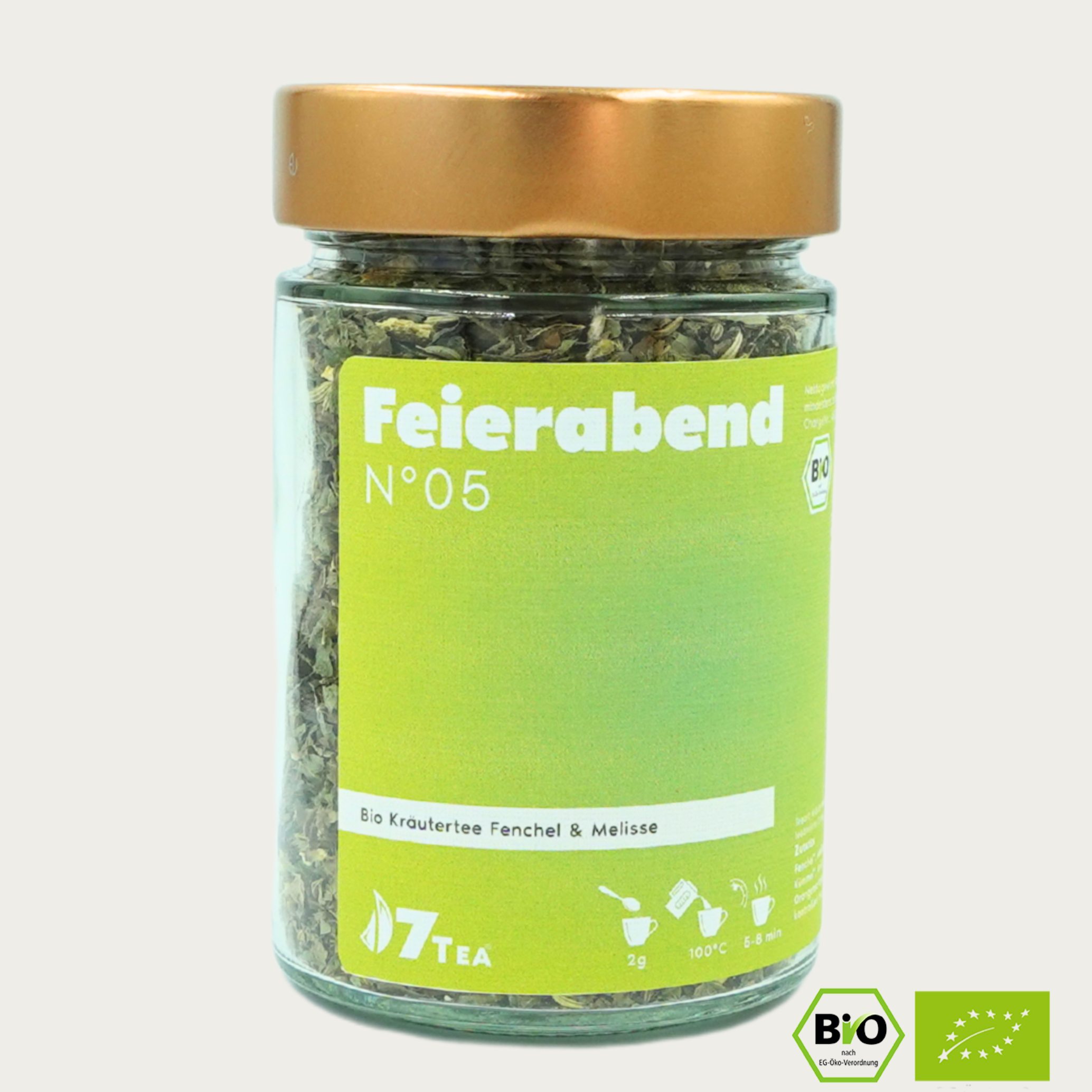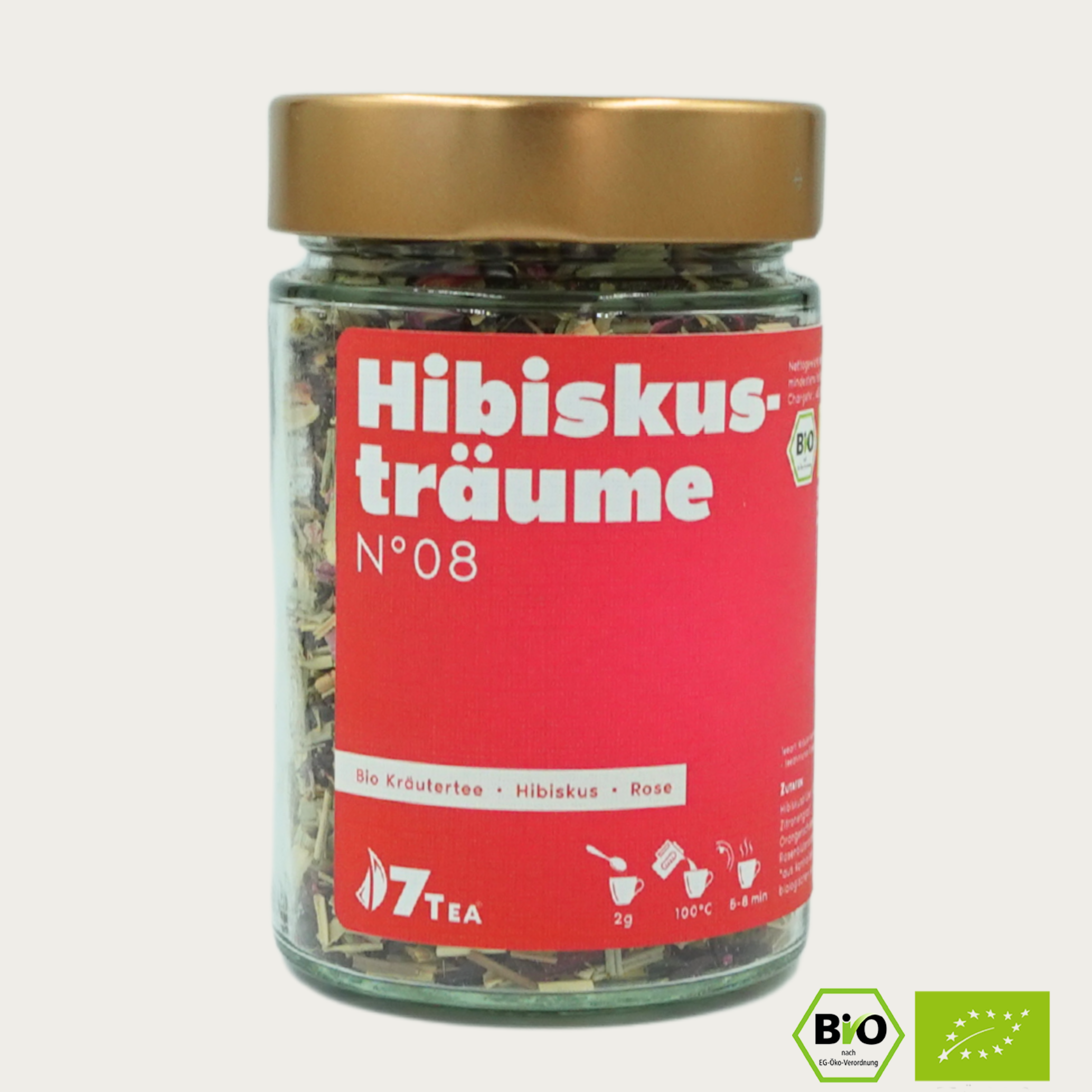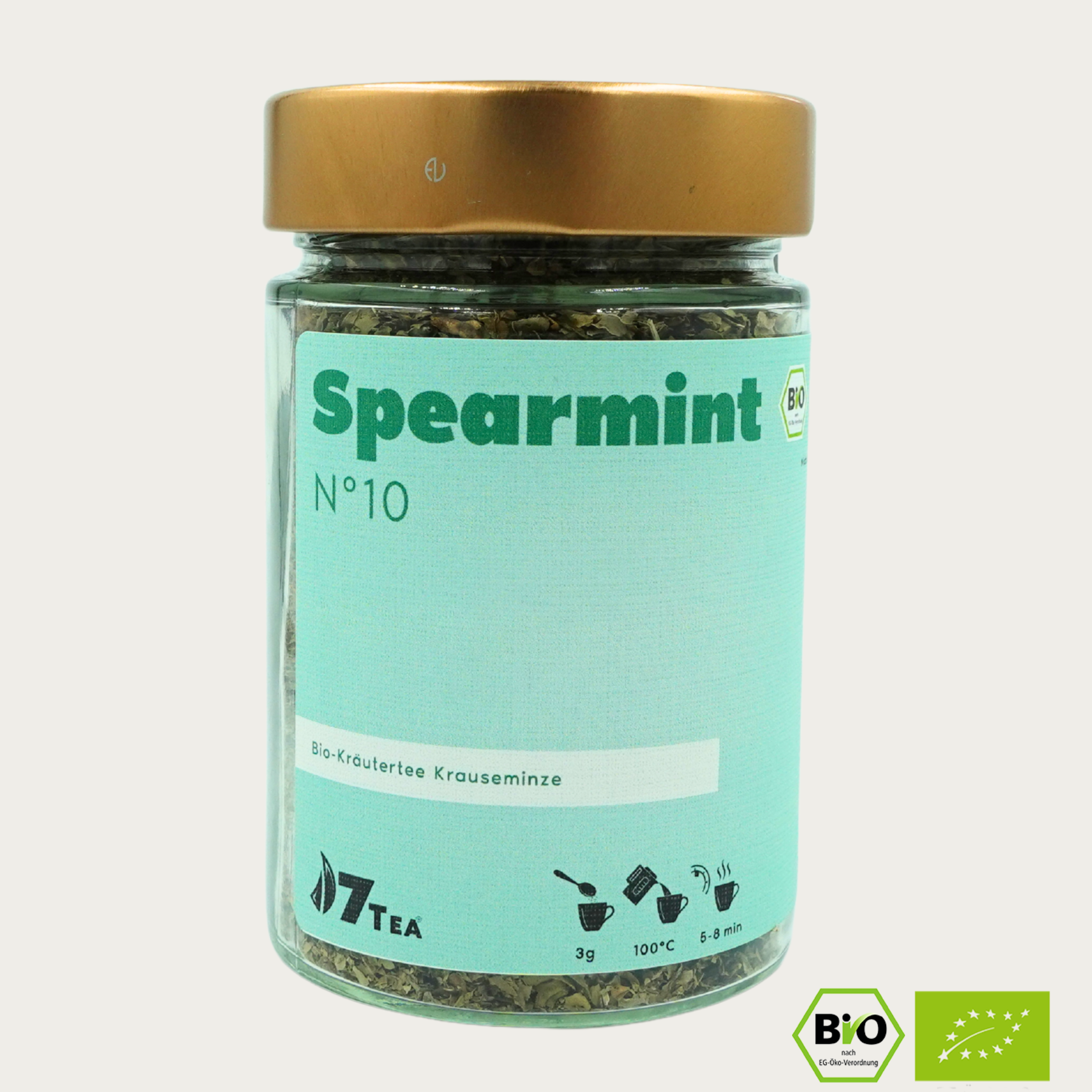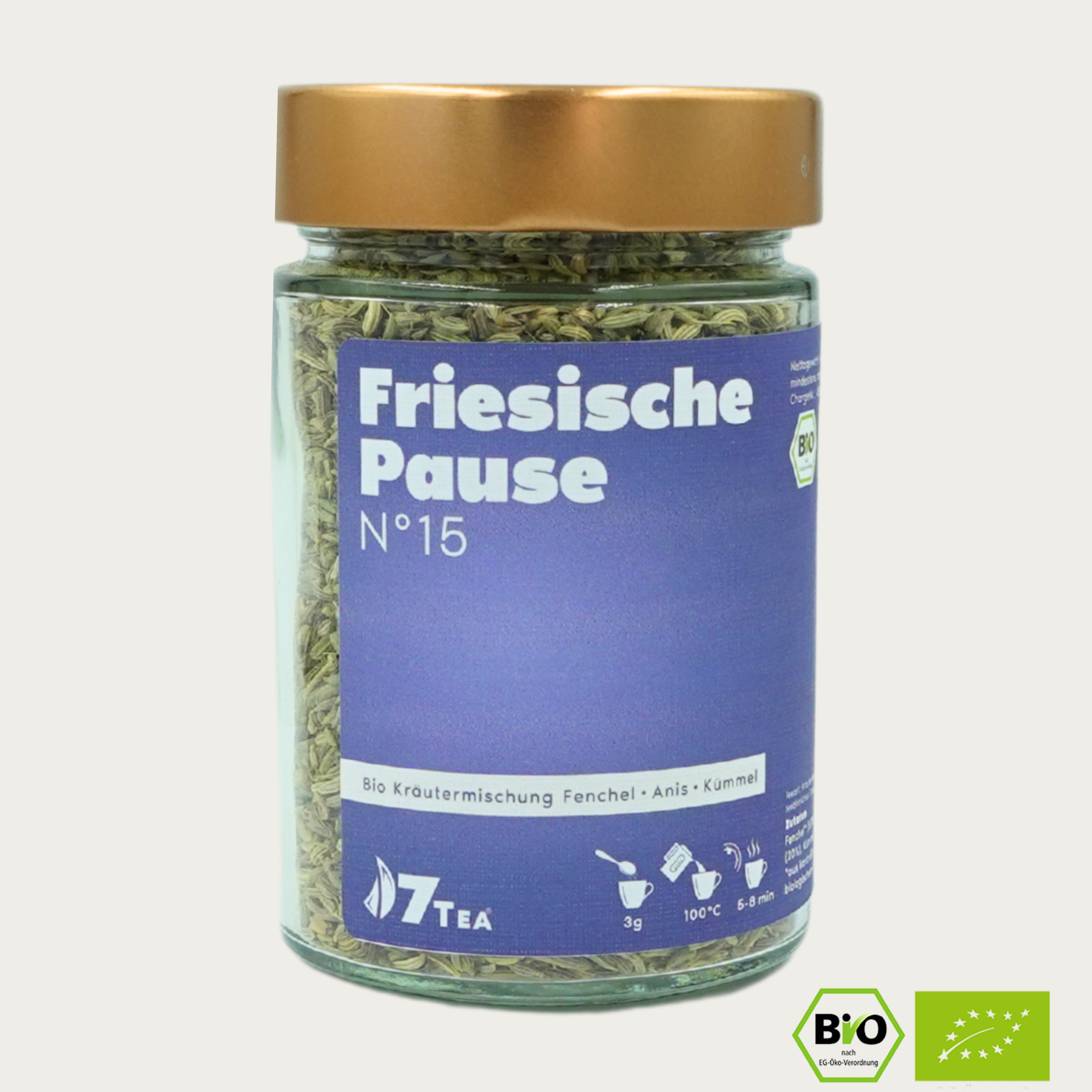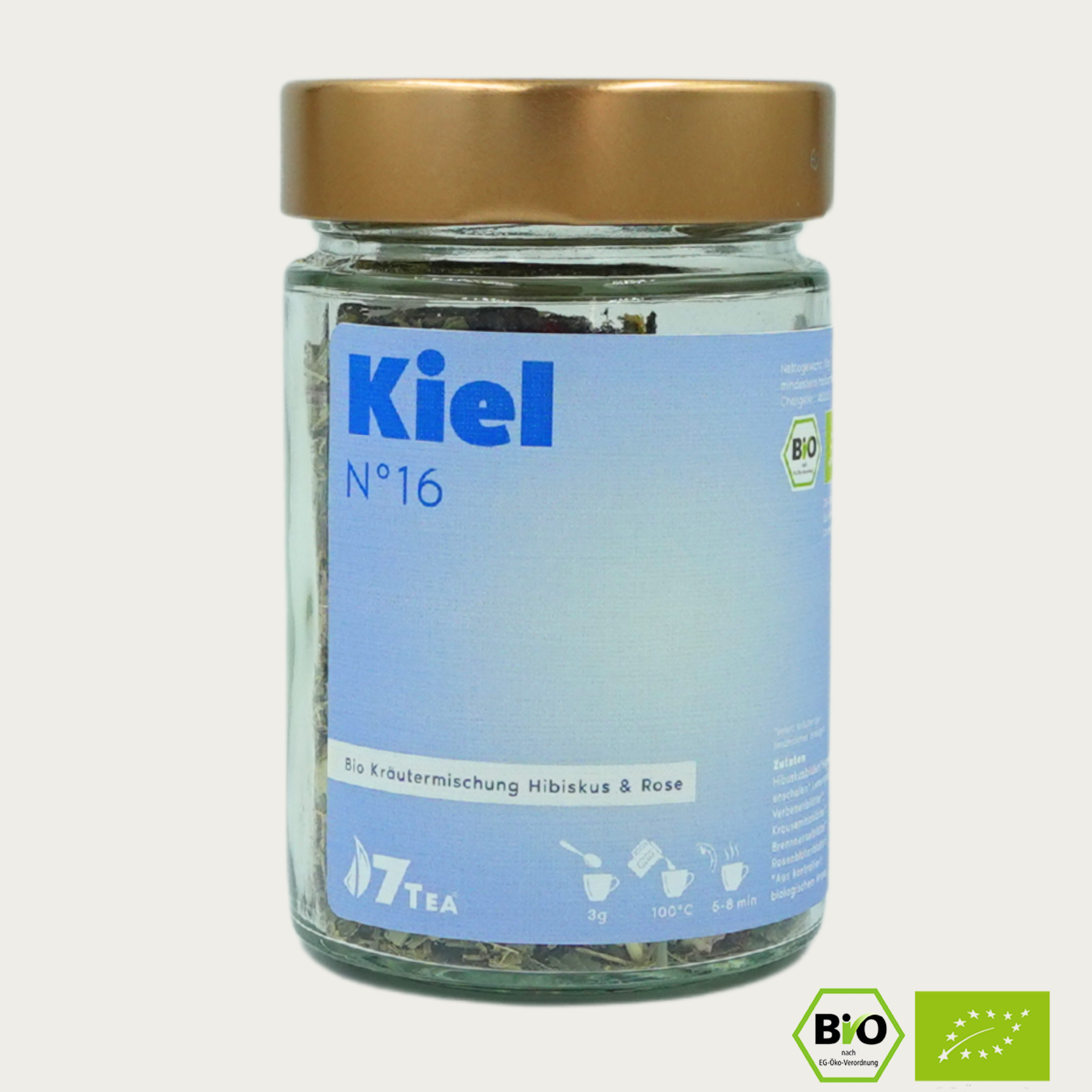The secret of green Japanese tea
Table of contents
- The uniqueness of Japanese tea
- The Damping Process: Key to the Green Color
- From Harvest to Cup: Steps in Tea Making
- Taste and aromas of green tea
- Conclusion: Why Japanese tea is a green wonder
Welcome to the fascinating world of Japanese tea! Japan is famous for its rich tea culture and especially its green tea. But why is Japanese tea actually green? The answer lies in the unique processing method that sets this tea apart from others.
The uniqueness of Japanese tea
Japanese green tea is known for its bright green color and diverse flavor profile, ranging from sweet and umami to fresh and grassy. These characteristics are the result of a special processing technique that is fundamentally different from the production of black tea.

The Damping Process: Key to the Green Color
The key to Japanese tea's green color lies in the steaming process. Immediately after harvest, the tea leaves are steamed to stop fermentation. This process, typical in Japan, preserves the green color of the leaves and enhances their fresh, grassy aromas.
From Harvest to Cup: Steps in Tea Making
The green tea production process begins with careful harvesting in spring. After steaming, the leaves are rolled, shaped and dried. Each of these steps helps preserve and intensify the tea's unique aroma and color.

Taste and aromas of green tea
Green tea from Japan is characterized by its variety of flavors. From sweet and umami-rich notes to fresh and slightly bitter nuances, each tea offers a unique taste experience.
Conclusion: Why Japanese tea is a green wonder
The green color of Japanese tea is the result of a centuries-old tradition and expertise in tea making. These teas not only offer an extraordinary taste experience, but are also a symbol of Japan's deep connection to nature and the art of tea.








